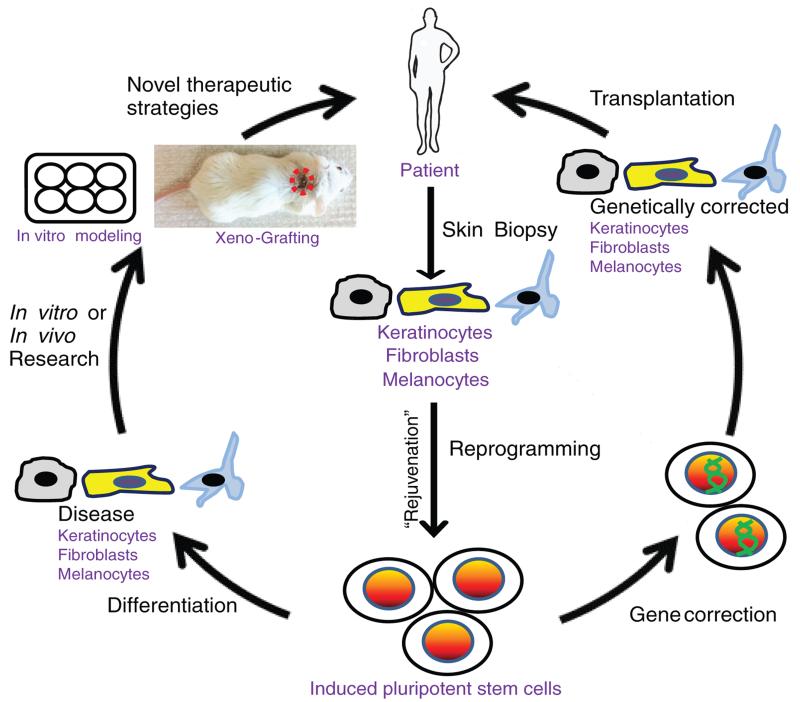Figure 4. Dermatological applications of iPSCs.
The generation of iPSCs allows for the development of stem cell replacement strategies to treat genetic skin disorders and modeling these diseases with the goal to producing novel therapeutic options for patients. Initially, cells need to be isolated from a skin biopsy of a patient with a genetic skin disease. Suitable cell types for reprogramming are keratinocytes, melanocytes and fibroblasts. During reprogramming, cells acquire ESC properties and undergo “rejuvenation”, as can be determined by the elongation of telomeres and the restoration of the mitochondrial function. The resulting iPSCs can then be genetically corrected by HR. The corrected iPSC clones can be differentiated into relevant cell types for transplantation and returned back to the patient as an autograft. Alternatively, uncorrected iPSCs can be differentiated into cell types relevant to the disease of interest for modeling the disease in organotypic cultures or for recapitulating the disease phenotype in vivo by transplanting onto immunodeficient mice as a xenograft.

